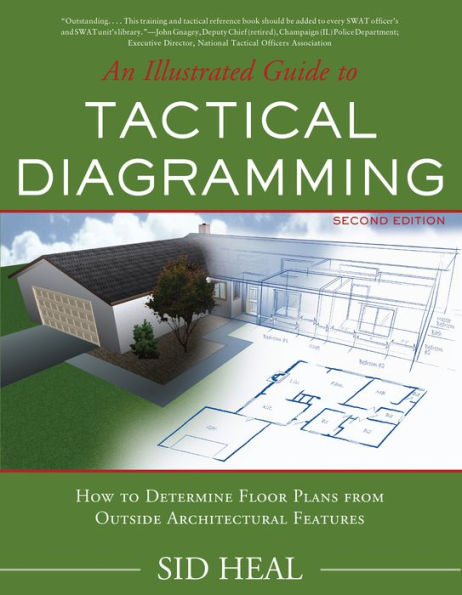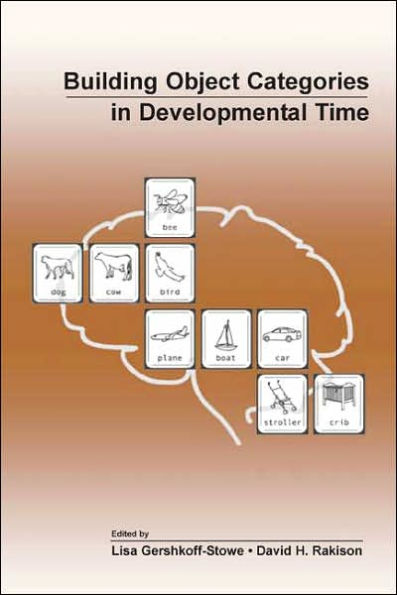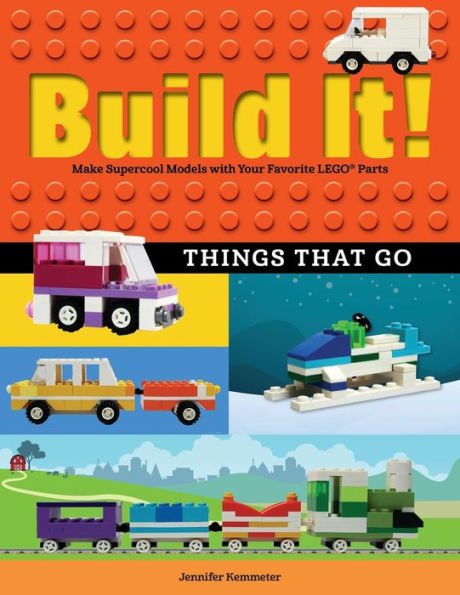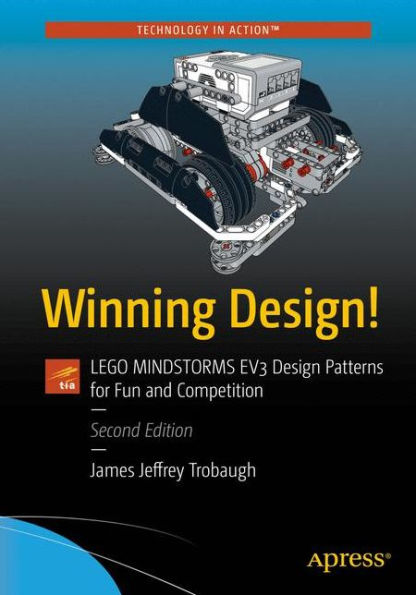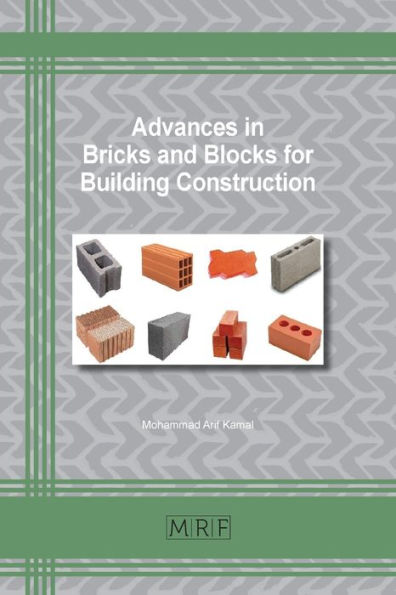Home
Visual Category Theory Brick by Brick: Diagrammatic LEGO(R) Reference
Loading Inventory...
Barnes and Noble
Visual Category Theory Brick by Brick: Diagrammatic LEGO(R) Reference
Current price: $60.00


Barnes and Noble
Visual Category Theory Brick by Brick: Diagrammatic LEGO(R) Reference
Current price: $60.00
Loading Inventory...
Size: OS
*Product Information may vary - to confirm product availability, pricing, and additional information please contact Barnes and Noble
Category theory abstractions are very challenging to apprehend correctly, require a steep learning curve for non-mathematicians, and, for people with traditional naïve set theory education, a paradigm shift in thinking. The book utilizes a novel approach to teach category theory and abstract mathematics in general by using LEGO(R) bricks. This method was discovered when applying the same technique to teach machine learning, its data structures and algorithms, particularly directed graphs. This book can also be used as a diagrammatic reference for concepts of category theory.
Part 0 covers universe and sets, set-builder notation, set membership, set inclusion, subsets as members, membership vs. subset, powerset, relations, functions, domain, codomain, range, injection, surjection, bijection, product, union, intersection, set difference, symmetric set difference, sets of functions, function composition, inverse functions.
Part 1 covers the definition of categories, arrows, the composition and associativity of arrows, retracts, equivalence, covariant and contravariant functors, natural transformations, and 2-categories.
Part 2 covers duality, products, coproducts, biproducts, initial and terminal objects, pointed categories, matrix representation of morphisms, and monoids.
Part 3 covers adjoint functors, diagram shapes and categories, cones and cocones, limits and colimits, pullbacks and pushouts.
Part 4 covers non-concrete categories, group objects, monoid, group, opposite, arrow, slice, and coslice categories, forgetful functors, monomorphisms, epimorphisms, and isomorphisms.
Part 5 covers exponentials and evaluation in sets and categories, subobjects, equalizers, equivalence classes and quotients, coequalizers, congruence categories, morphism functors, and presheaves.
Part 6 covers ideas that require a leap of abstraction: vertical and whisker compositions of natural transformations, identity and isomorphism of functors, equivalence, isomorphism, and adjoint equivalence of categories, functor and morphism categories, natural transformations as functors, representable functors, category of presheaves, Yoneda embedding and lemma. It also includes an index for parts 1 - 6.
Part 7 covers ideas related to functional programming: exponentials, disjoint unions, endofunctors and natural transformations, partial and total functions, monads.

